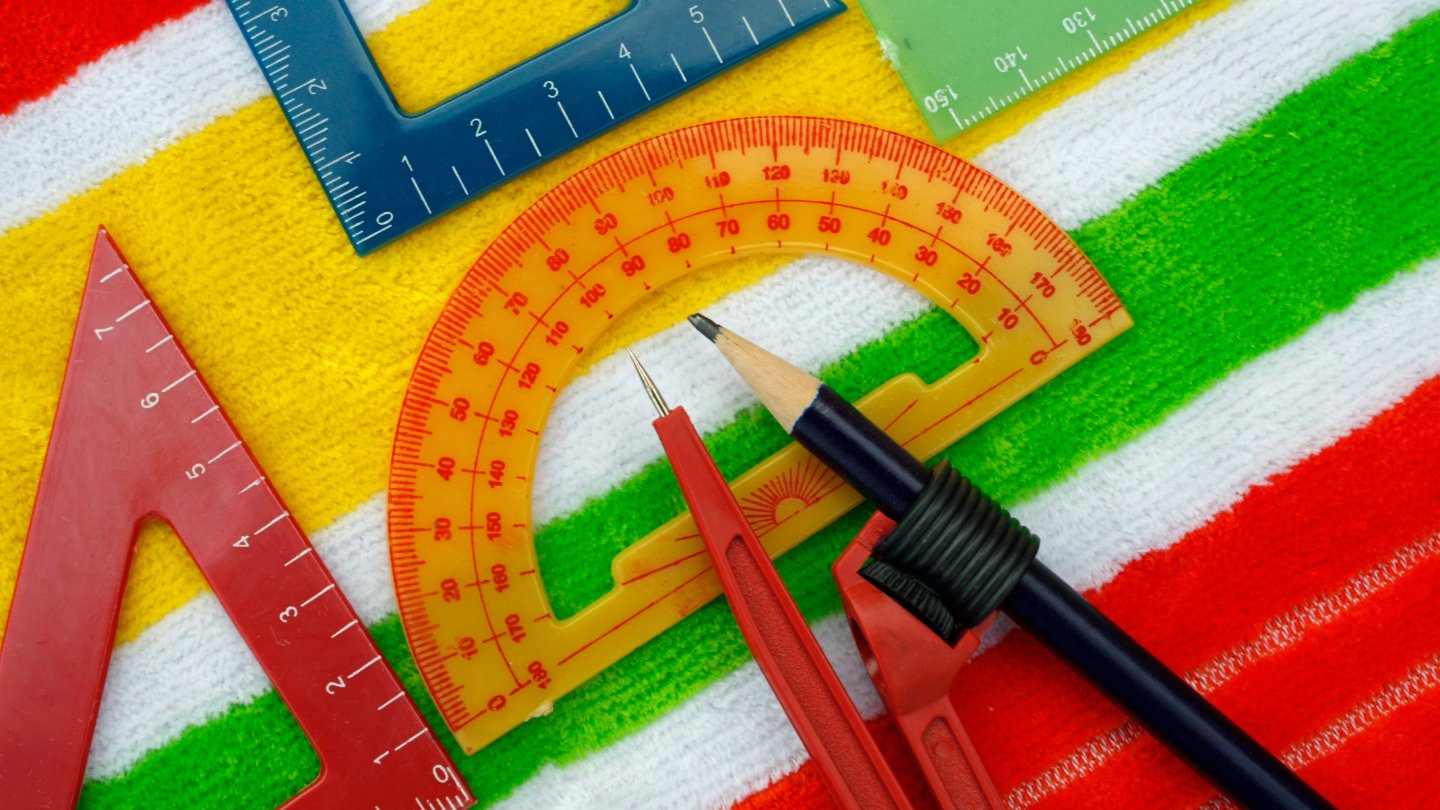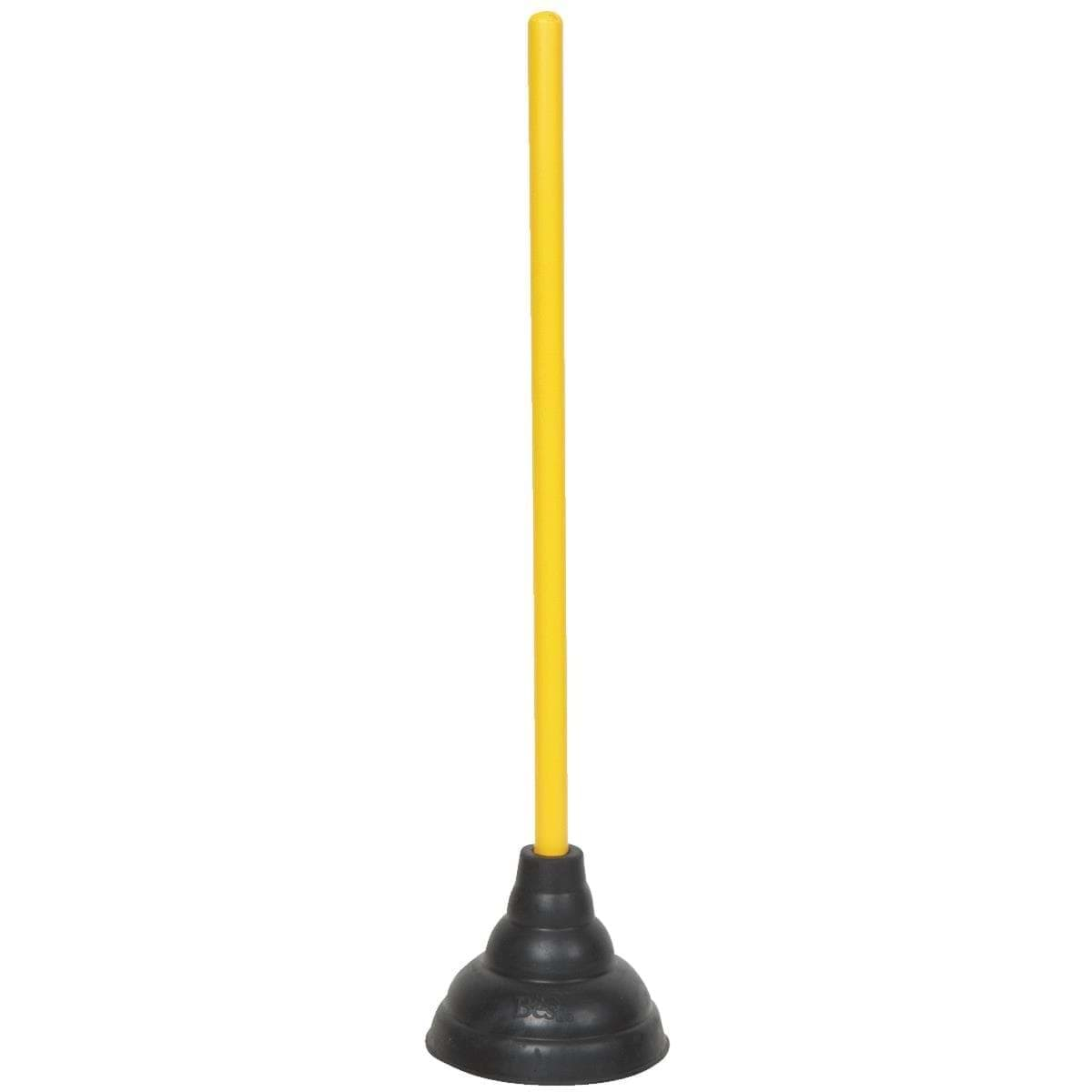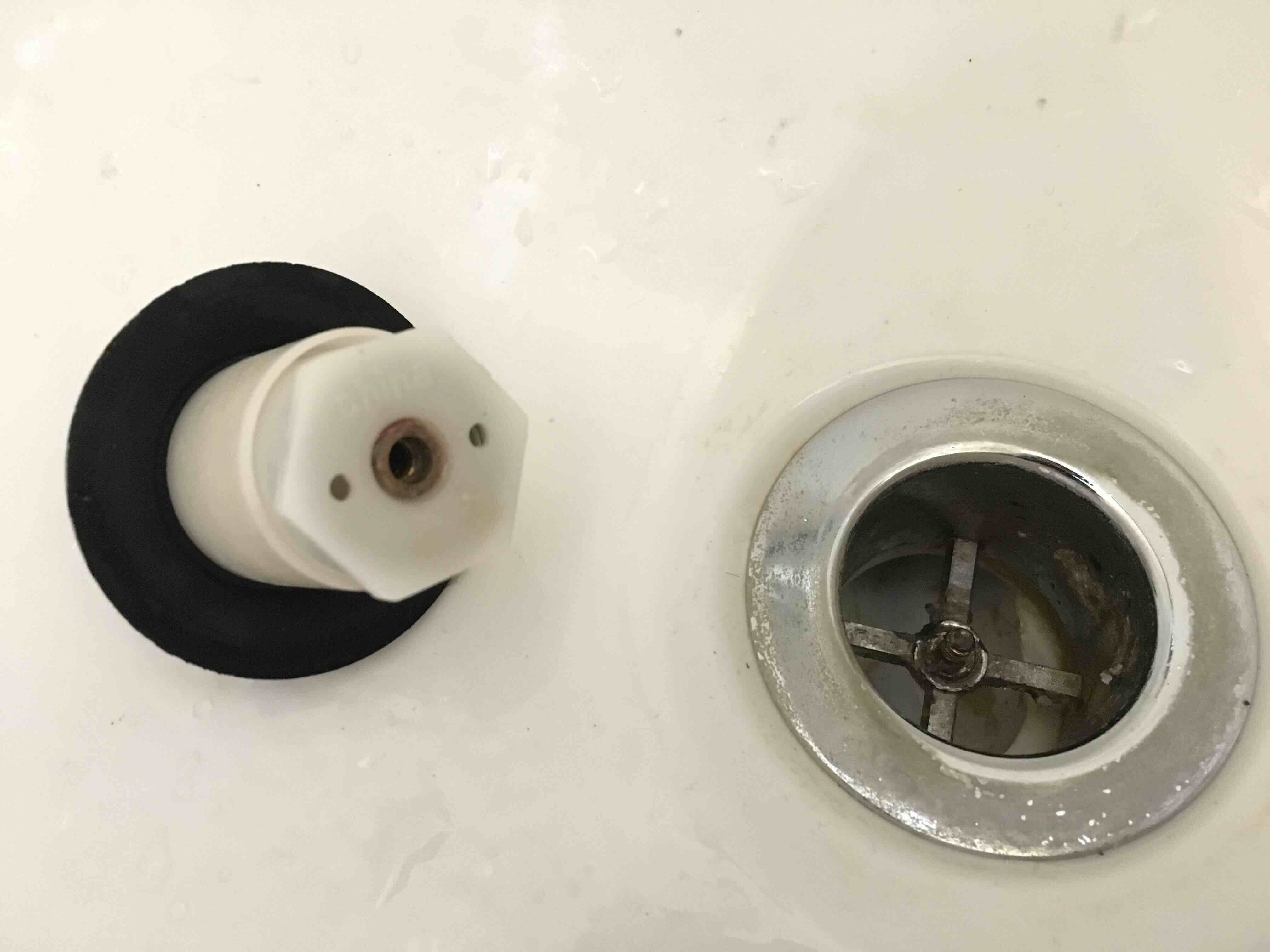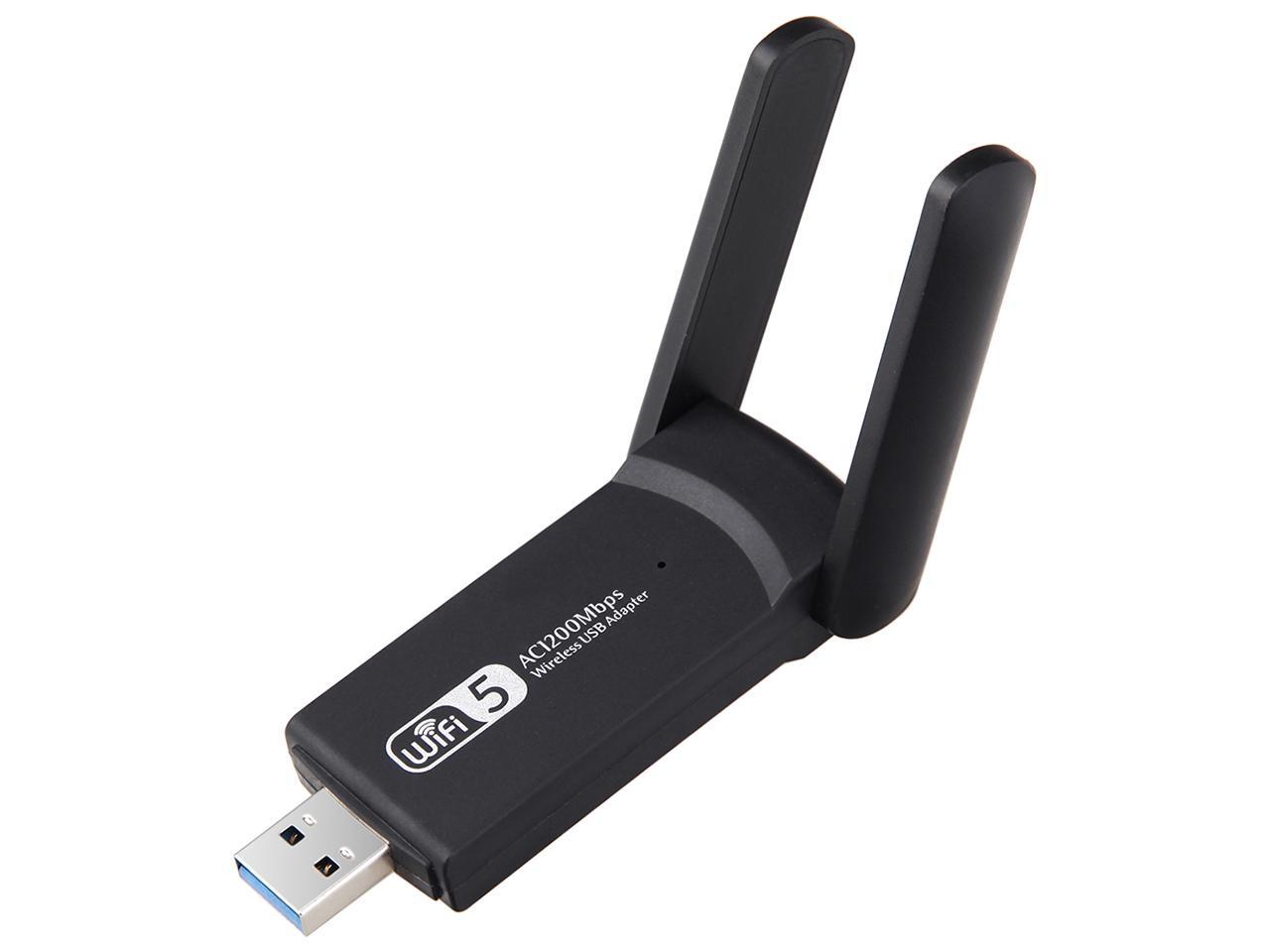

Articles
What Does A Protractor Look Like
Modified: January 6, 2024
Discover what a protractor looks like and its various uses in this informative article. Learn how to accurately measure angles with a protractor.
(Many of the links in this article redirect to a specific reviewed product. Your purchase of these products through affiliate links helps to generate commission for Storables.com, at no extra cost. Learn more)
Introduction
A protractor is a crucial tool used in mathematics and geometry to measure and draw angles accurately. It plays a pivotal role in various fields, such as engineering, architecture, and construction. Protractors come in various shapes and sizes, but they all serve the same purpose – to help us measure and draw angles with precision.
In this article, we will explore the physical appearance of a protractor, its common features, different types available in the market, and how to use one effectively. So, let’s dive in and discover what a protractor looks like and its significance in our mathematical and geometrical endeavors.
Key Takeaways:
- Protractors are essential tools for accurate angle measurement in mathematics, engineering, and construction, with various types available to suit specific needs and preferences.
- Digital protractors offer advanced functionalities and precise angle measurements, making them valuable tools in industries requiring high accuracy, such as engineering and aviation.
Read more: What Does A Gable Look Like?
Definition of a Protractor
A protractor is a measuring instrument used to measure and draw angles. It consists of a circular or semicircular shape with markings along its edges, allowing users to accurately determine the size of an angle. The protractor is typically made from transparent plastic or metal, enabling the user to see and align it with the lines or edges of the angle being measured.
Protractors are essential tools in mathematics and geometry, as they help in various calculations, constructions, and problem-solving activities involving angles. They are commonly used by students, teachers, architects, engineers, and other professionals who work with angles on a regular basis.
The accuracy and precision of a protractor make it an indispensable tool for measuring angles. By placing the protractor on a vertex, the user can align one of the protractor’s zero-degree marks with one side of the angle. The other side of the angle can then be read off the protractor’s scale, allowing for accurate angle measurement.
Protractors are designed to measure angles in degrees, with the circle divided into 360 equal parts. This division enables precise measurement across a full circle, from 0 degrees to 360 degrees. The semicircular protractors are commonly used for angles ranging from 0 to 180 degrees, while full-circle protractors provide a complete range of angle measurement.
Now that we understand the definition of a protractor, let’s delve into its physical appearance and the common features that make it an indispensable tool in various industries and educational settings.
Physical Appearance
A protractor typically has a circular or semicircular shape, although modern versions may have a digital display or additional functionalities. The circular protractor resembles a clock face, with evenly spaced markings along its circumference.
The circular protractor is usually divided into 360 degrees, with each degree marked by a small line or tick. These markings allow for precise angle measurement, providing a clear reference point for reading angles.
Semicircular protractors, on the other hand, are half-circles with angle measurements ranging from 0 to 180 degrees. They are often used in educational settings, particularly in mathematical classrooms, where students learn about angles and geometry.
Protractors are commonly made from transparent plastic or durable metal, ensuring visibility and durability for extended use. The transparency of the protractor allows users to see through it, enabling accurate alignment with the lines or edges of the angle being measured.
In addition to the circular shape and markings, a protractor often includes additional lines or markings for easier angle measurement. The baseline, for example, is a straight line along the bottom of the protractor used as a reference point for aligning with a side of the angle.
Some protractors also feature a center hole or cut-out, allowing users to place the protractor directly on a vertex or corner of the angle being measured. This helps in maintaining stability and accuracy when measuring or drawing the angle.
Furthermore, protractors may have a protractor arm or a rotating guide that extends from the center of the protractor. This arm can be moved along the circle or semicircle, enabling users to line it up precisely with the sides of the angle for accurate measurement.
Overall, the physical appearance of a protractor is designed to provide clear markings, ease of use, and accuracy in measuring angles. Its transparent material, circular shape, and additional features make it an essential tool for angle measurements in various fields.
Common Features
While protractors may come in different shapes and sizes, they share several common features that make them effective tools for angle measurement. Understanding these features can help users make the most of their protractors and ensure accurate results.
1. Degree Markings: Protractors are typically marked with degree measurements along the circumference. The markings may range from 0 degrees to 360 degrees for circular protractors or 0 degrees to 180 degrees for semicircular protractors. These markings allow for precise angle measurement and provide a reference point for reading angles.
2. Baseline: Most protractors have a straight line called the baseline along the bottom edge. The baseline serves as a guide for aligning the protractor with one side of the angle being measured, ensuring accurate readings and consistent measurements.
3. Zero Line: The zero line refers to the line that represents a 0-degree angle on the protractor. It is typically denoted by a longer tick mark or a distinct symbol. Aligning one side of the angle with the zero line allows for accurate measurement relative to the baseline.
4. Center Hole/Cut-out: Many protractors feature a center hole or cut-out in the middle. This hole allows users to place the protractor directly on the vertex or corner of the angle being measured, ensuring stability and precise alignment.
5. Protractor Arm/Rotating Guide: Some protractors have an arm or rotating guide that extends from the center. This arm can be moved along the protractor’s markings, helping to align it with the sides of the angle for accurate measurement.
6. Clear Material: Protractors are typically made from transparent plastic or clear material, allowing users to see through and align the protractor with the angle being measured. The transparency also prevents obstruction and improves visibility.
By understanding these common features, users can effectively utilize their protractors for measuring and drawing angles accurately. Now that we have explored the physical appearance and common features of protractors, let’s move on to discuss the different types of protractors available in the market.
Types of Protractors
Protractors come in various types, each designed to cater to different needs and preferences. Here are some of the commonly used types of protractors:
1. Circular Protractor: This is the most traditional and widely used type of protractor. It has a full circle shape and is typically divided into 360 degrees. Circular protractors are suitable for measuring and drawing angles that span a complete circle.
2. Semicircular Protractor: As the name suggests, the semicircular protractor is shaped like a half-circle. It measures angles ranging from 0 to 180 degrees. Semicircular protractors are suitable for measuring and drawing angles up to a straight line or half-circle.
3. Digital Protractor: In recent years, digital protractors have gained popularity. These protractors use electronic sensors to accurately measure angles and provide digital readings on a screen. Digital protractors are convenient and easy to use, particularly for precise angle measurements.
4. Vernier Protractor: The Vernier protractor is a specialized type of protractor that enables more precise angle measurement. It uses a Vernier scale, which provides finer graduations than traditional protractors. Vernier protractors are commonly used in advanced scientific and engineering applications.
5. Angle Finder Protractor: Angle finder protractors are designed specifically for measuring and transferring angles. They often have additional features like a locking mechanism or a pivot point, allowing users to measure and replicate angles accurately.
6. Bevel Protractor: Bevel protractors are primarily used in the metalworking industry and engineering applications. They have a movable blade or arm that can be adjusted to different angles, making them ideal for measuring and marking angles on metal surfaces.
It’s important to choose a protractor that suits your specific needs and the type of angle measurement required. Whether you opt for a traditional circular protractor or a specialized digital or Vernier protractor, having the right tool will enhance accuracy and efficiency in your angle measurements.
Now that we have explored the different types of protractors, let’s move on to understanding the uses of protractors in various industries and fields.
A protractor is a semi-circular tool used to measure and draw angles. It typically has markings in degrees from 0 to 180, with a center point for rotation.
Read more: What Does Thyme Look Like?
Digital Protractors
Digital protractors are innovative tools that utilize electronic sensors to measure angles with high precision and accuracy. These modern protractors have become increasingly popular due to their ease of use, advanced functionalities, and digital displays for angle readings.
One of the primary advantages of digital protractors is their ability to provide precise angle measurements in various units, including degrees, radians, and even percentages. The digital display allows users to read the angle measurement directly, eliminating the need for manual interpretation of markings.
Another notable feature of digital protractors is their ability to capture and hold the measurements. This means that users can measure an angle and lock the reading on the display, allowing for easy reference and comparison to other angles. Some digital protractors also provide the option to store multiple measurements in memory for future use.
Furthermore, digital protractors often come with additional features that enhance their versatility. These may include a hold function, which freezes the displayed angle measurement, and a recalibration option to ensure accuracy over time. Some digital protractors may also have built-in spirit levels or inclinometers to measure tilt or slope angles in addition to traditional angle measurements.
Digital protractors are widely used in various industries and fields, including engineering, construction, woodworking, and metalworking. They are especially valuable in applications where high precision and accuracy are required, such as in the fabrication of mechanical parts or the alignment of structures.
Moreover, digital protractors find applications in educational settings, where they facilitate the teaching and learning of angles and geometry. The clear and immediate angle readings provided by digital protractors simplify the process of understanding and visualizing angles, contributing to a more interactive and efficient learning experience.
Overall, digital protractors offer numerous benefits over traditional protractors. Their precision, ease of use, and additional functionalities make them valuable tools in a wide range of industries and educational settings. So, whether you are a professional in need of accurate angle measurements or a student looking to enhance your understanding of geometry, a digital protractor can be an excellent choice.
Now that we have explored digital protractors, let’s move on to discuss the various uses of protractors in different industries and fields.
Uses of Protractors
Protractors have a wide range of applications in various industries and fields where accurate angle measurement is crucial. Here are some of the common uses of protractors:
1. Mathematical Education: Protractors are extensively used in mathematics education to teach concepts related to angles, geometry, and trigonometry. Students learn how to measure and draw angles using a protractor, which helps develop their understanding of geometric principles and spatial relationships.
2. Engineering and Architecture: Protractors play a vital role in engineering and architecture for precise angle measurements. These industries rely on protractors when designing structures, drafting blueprints, and calculating angles for various components like beams, corners, and slopes.
3. Construction and Carpentry: In construction and carpentry, protractors are essential tools for measuring and marking angles accurately. Carpenters use protractors to determine the angles of cuts for joints, moldings, staircases, and other geometric elements in construction projects.
4. Industrial manufacturing: Protractors are indispensable in industrial manufacturing, where precision is vital. They are used to measure angles in machine setups, welding applications, assembly processes, and quality control inspections, ensuring that components are manufactured and assembled correctly.
5. Surveying and Landscaping: Protractors are used in surveying and landscaping to measure angles related to land boundaries, slope gradients, and the layout of structures. They help surveyors and landscapers accurately determine angles for precise measurements and land management.
6. Art and Design: Protractors can also be utilized in the artistic and design sectors. Artists and designers use them to create geometric patterns, draw intricate angles in artwork, and achieve precise compositions. Protractors help artists and designers bring their visions to life with accuracy and symmetry.
7. Aviation and Navigation: Protractors are employed in aviation and navigation for flight planning, map reading, and calculating bearings. Pilots and navigators use protractors to measure angles on charts and maps to determine aircraft direction and plan flight routes.
8. Scientific Research: Protractors find applications in scientific research, particularly in fields related to physics, astronomy, and biology. They are used to measure angles of celestial objects, study animal behavior, and analyze data in research experiments.
These are just a few examples of the many uses of protractors across diverse industries and fields. The ability to accurately measure and draw angles plays a significant role in countless applications where precision and spatial understanding are necessary.
Now that we are familiar with the uses of protractors, let’s move on to the next section to learn how to effectively use a protractor for angle measurement.
How to Use a Protractor
Using a protractor may seem daunting at first, but with a little practice, it can become second nature. Here’s a step-by-step guide on how to effectively use a protractor for angle measurement:
1. Familiarize Yourself with the Protractor: Start by examining your protractor and understanding its markings and features. Take note of the degree scale, baseline, zero line, and any other additional lines or cut-outs.
2. Place the Protractor: Position the protractor on a flat surface or hold it firmly in your hand. Make sure the baseline is aligned with one side of the angle you want to measure. The other side of the angle should extend towards the zero line or any desired degree marking on the protractor.
3. Align with the Zero Line: Next, ensure that one side of the angle is aligned with the zero line on the protractor. This step sets the reference point for angle measurement.
4. Read the Measurement: Look at where the other side of the angle intersects with the degree markings on the protractor. Read the measurement indicated at this intersection point. It represents the value of the angle you are measuring.
5. Determine the Type of Angle: Based on the measurement you obtained, you can determine the type of angle you are measuring. If the angle measures less than 90 degrees, it is an acute angle. If it measures exactly 90 degrees, it is a right angle. Angles greater than 90 degrees but less than 180 degrees are obtuse angles.
6. Practice Estimation: To improve your estimation skills, complement your angle measurement by estimating the value beforehand. This will help you validate your measurement and develop a better understanding of angles.
7. Use Additional Lines or Cut-outs: If your protractor has additional lines or cut-outs, you can utilize them for specific angle measurements. These features provide additional reference points or aid in aligning the protractor with complex angles.
Remember, practice is key to becoming proficient in using a protractor. As you continue to measure angles, your confidence and accuracy will improve over time.
Now that you know how to use a protractor effectively, let’s move on to some valuable tips for using a protractor that can further enhance your angle measurement skills.
Tips for Using a Protractor
Using a protractor with accuracy and precision can be achieved by following these helpful tips:
1. Ensure a Stable Placement: When using a protractor, make sure it is placed on a flat and stable surface. This ensures that the protractor does not move or slide, resulting in more accurate angle measurements.
2. Align Baseline and Zero Line: Always align one side of the angle you are measuring with the baseline of the protractor. This establishes a starting reference point. Ensure that the other side of the angle passes through or aligns with the zero line on the protractor.
3. Use Proper Lighting Conditions: Adequate lighting conditions make it easier to read the angle measurements on the protractor. Position yourself in a well-lit area and adjust the angle of the protractor to avoid any shadows or glare that may obscure the markings.
4. Be Mindful of Reading Angles: When reading the measurement on the protractor, ensure that you are looking at the correct marking. Sometimes, angles can be slightly off-center, making it important to pay attention to the precise intersection point of the angle with the degree markings.
5. Double-Check Your Measurement: After reading the angle measurement, double-check to ensure accuracy. It is easy to misread or misinterpret the angle, so take a moment to confirm the measurement before recording or using it for any calculations or drawings.
6. Practice Estimation: Developing good estimation skills can assist in quickly gauging the approximate value of an angle before measuring it with a protractor. This helps in confirming the accuracy of the measurement and ensures a better understanding of angles.
7. Explore Additional Features: If your protractor has additional lines, cut-outs, or features, experiment with them to see how they can assist in measuring angles or aligning the protractor accurately. These features are designed to make angle measurements more precise and convenient.
8. Keep the Protractor Clean and Intact: Regularly clean your protractor to remove any dirt or smudges that may hinder clear visibility. Additionally, store the protractor in a safe place to prevent it from getting damaged or bent, which could affect its accuracy.
Remember that practice makes perfect when it comes to using a protractor. The more you use it, the more comfortable and accurate you will become in measuring angles.
Now that we have explored tips for using a protractor, let’s summarize the key points we’ve covered so far.
Read more: What Does Crabgrass Look Like
Conclusion
A protractor is an indispensable tool for measuring and drawing angles accurately in various fields such as mathematics, engineering, construction, and design. Understanding the physical appearance and common features of a protractor is essential to effectively utilize this tool. Whether it is a circular or semicircular protractor, they are designed to provide precise angle measurements with their degree markings, baseline for alignment, and additional features like center holes and protractor arms.
There are different types of protractors available, including digital protractors that offer advanced functionalities and ease of use with their digital displays and additional measurement options. These digital protractors excel in providing precise angle measurements and are widely used in industries that require high accuracy.
The uses of protractors are vast, ranging from educational settings where they facilitate the teaching and learning of angles, to industries like engineering, construction, surveying, and aviation, where precise angle measurements are crucial for planning and implementation. Protractors are relied upon by professionals and enthusiasts alike for their accuracy and reliability in measuring and marking angles.
When using a protractor, it is important to follow proper techniques and tips for accurate angle measurement. Aligning the baseline and zero line, ensuring stable placement, proper lighting conditions, and double-checking measurements contribute to achieving precise results. Developing estimation skills and exploring additional features on the protractor further enhance accuracy and efficiency.
In conclusion, a protractor is a versatile tool that aids in accurately measuring and drawing angles in various fields. By understanding its physical appearance, common features, types, and how to use it effectively, individuals can confidently rely on protractors for their angle measurement needs. So, whether you are a student, professional, or hobbyist, embrace the power of the protractor and unlock the world of angles with precision and accuracy.
Frequently Asked Questions about What Does A Protractor Look Like
Was this page helpful?
At Storables.com, we guarantee accurate and reliable information. Our content, validated by Expert Board Contributors, is crafted following stringent Editorial Policies. We're committed to providing you with well-researched, expert-backed insights for all your informational needs.














0 thoughts on “What Does A Protractor Look Like”